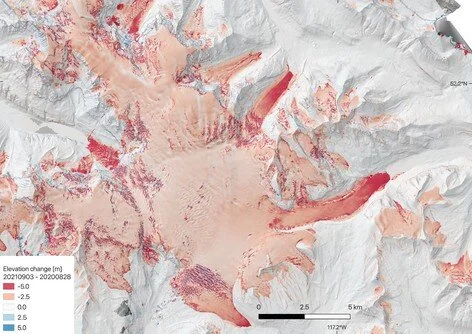The province is long past the oppressive “heat dome” that caused cities to swelter last summer, but warmer temperatures this year had a lasting effect on the glacier that feeds Edmonton’s water supply. The Saskatchewan Glacier terminus saw 10 metres of thinning this year, said Brian Menounos, an earth sciences professor at the University of Northern British Columbia and Canada Research Chair in glacier change. It’s also the glacier that feeds the North Saskatchewan River, Edmonton’s sole source of drinking water.
A second chance: Canada, U.S. renegotiate a critical water treaty
The Columbia River Treaty, an international agreement governing the flow of water between British Columbia and six U.S. states, will be 55 years old this year. It has not aged well. The river springs from the Columbia Icefield in the Rocky Mountains of B.C. and winds 1,930 kilometres through the Northwestern United States – Washington, Oregon, Idaho, Montana, Nevada and Wyoming. No other river in North America spills more water into the Pacific Ocean.



